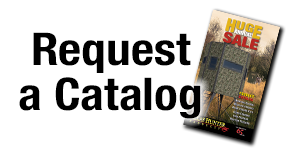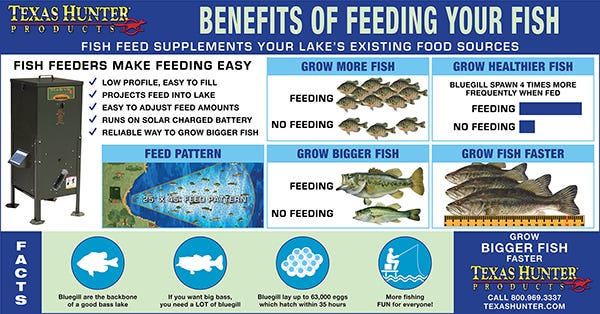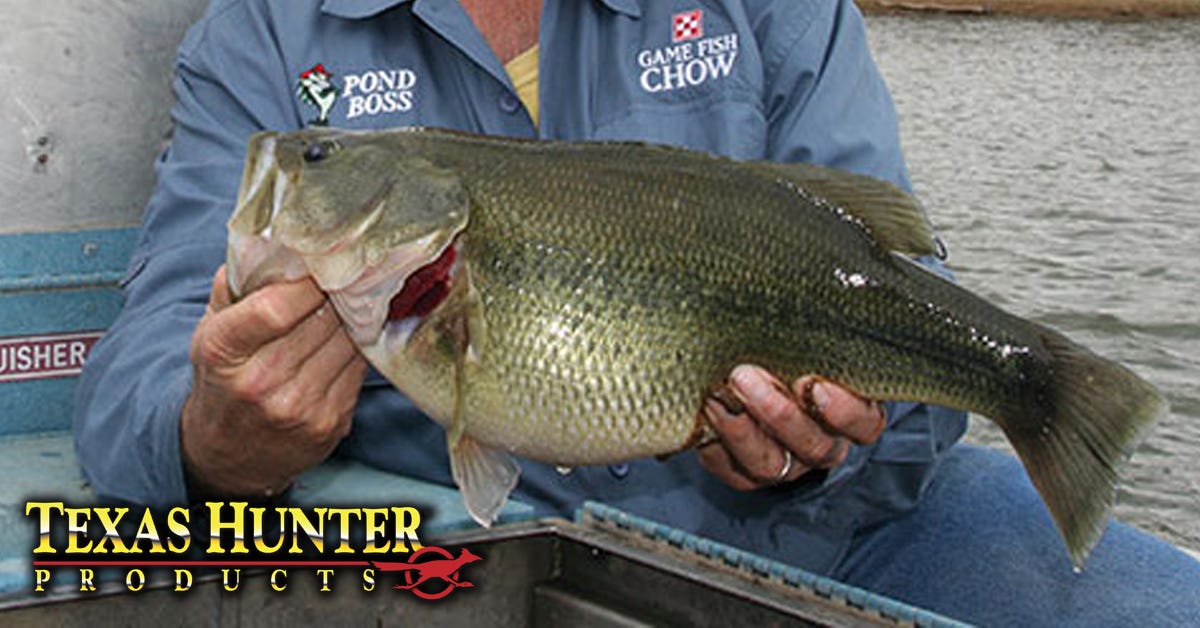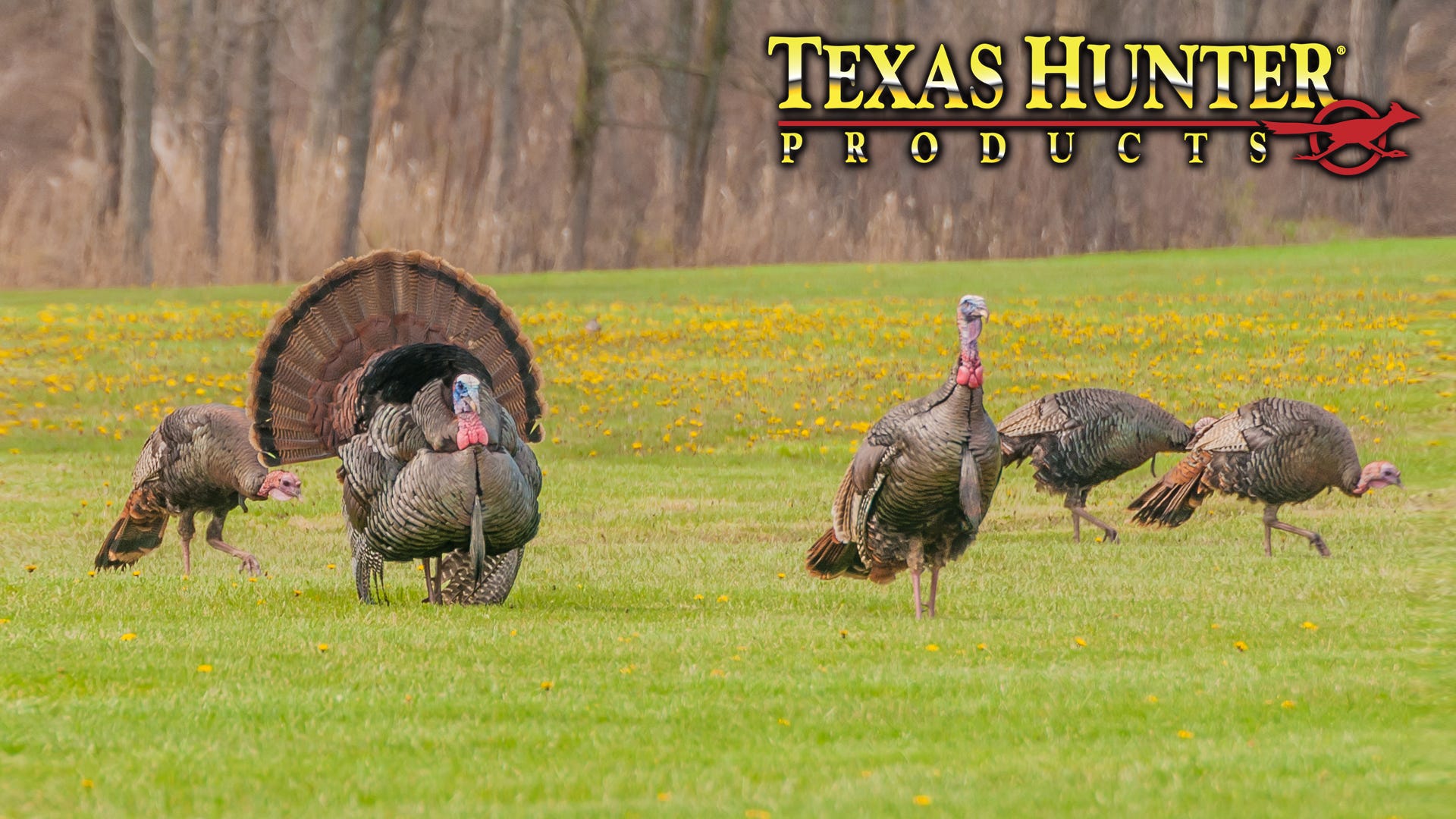- Aug 26, 2019
"Solid Shots" Part 1
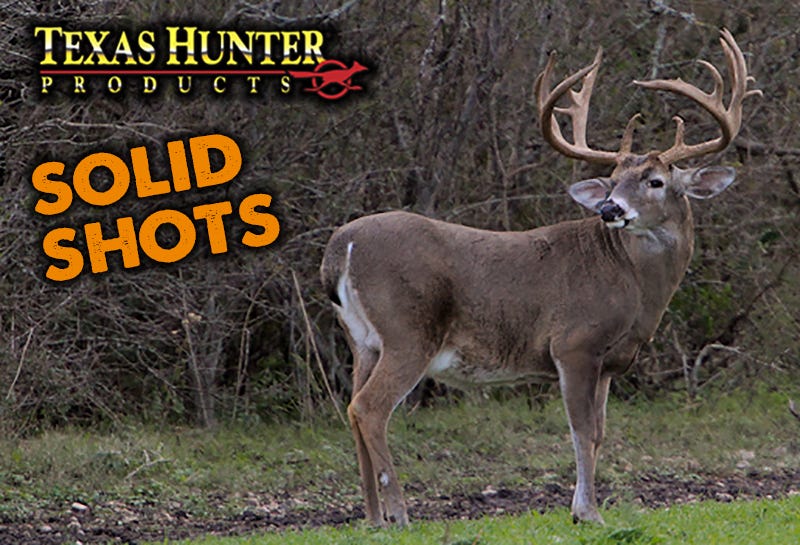
For a deer hunter, hunting season is the very best time of the year. We anxiously count off the months until we finally have the opportunity to pursue the game we love.
For those who have taken the time to practice their shooting all year long, become familiar with their game animal, and who have become intimately knowledgeable of the capability of their weapon, odds are desired results will happen.
For others, there will be disappointment. Time spent on everything else instead of practicing your shooting has left you unprepared, unsure how your weapon will perform, less than confident. For these hunters it will likely be a matter of "well ... maybe next year".
But it does not have to be this way. Texas Hunter Products want your hunting experiences to be the best they can possibly be, and this means getting you properly prepared to hunt. Let's take a closer look at some of the deer hunting scenarios and shooting angles you will encounter in the field.
The Broadside Shot
The Broadside Shot is your classic hunting angle that is commonly depicted and referenced in almost every hunting magazine article and hunting target representation.
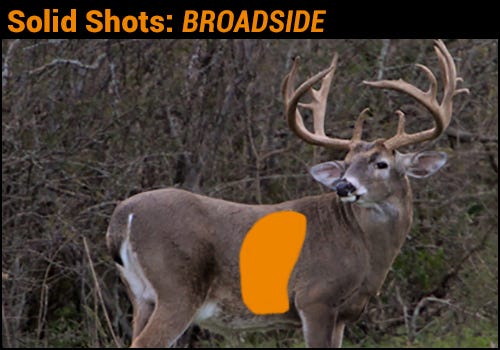 For the gunhunter, this is a straightforward opportunity.
The prime kill-zone here is the heart area which is usually directly underneath
the upper leg bone (humerus) and elbow joint. Any modern medium- to
high-velocity round will easily punch through these bones, immediately downing
the deer, and causing massive trauma to the heart and lungs. A bullet anywhere
in the secondary kill-zone will also put a broadside deer down quickly. We
discourage head shots and neck shots on many angles because the margin of error
is smaller, and on this broadside deer there is just no real reason to take
such a risky shot.
For the gunhunter, this is a straightforward opportunity.
The prime kill-zone here is the heart area which is usually directly underneath
the upper leg bone (humerus) and elbow joint. Any modern medium- to
high-velocity round will easily punch through these bones, immediately downing
the deer, and causing massive trauma to the heart and lungs. A bullet anywhere
in the secondary kill-zone will also put a broadside deer down quickly. We
discourage head shots and neck shots on many angles because the margin of error
is smaller, and on this broadside deer there is just no real reason to take
such a risky shot.
For the bowhunter, the prime kill-zone of the heart area can be almost completely covered by the upper front leg bone (humerus) and elbow joint depending on leg position. The best shot placement for a broad head is to aim for the center of the lungs giving the shooter some critical room should the shot be off by a few inches. Yes, the windpipe (trachea) and the carotid artery and jugular vein in the neck are exposed at this angle. However, because the lungs are so exposed on a full broadside, in our opinion, there is absolutely zero need for a bowhunter to take such a difficult shot when a high-percentage lung shot is available.
Be sure to look for Part 2 where we will address the Quartering Away Shot.
##
Special thanks to Shur Kill Targets for article content.


